T.S.C. Lowe’s Observation Flight
2010

On 16 December 1953, the first television broadcast in Western Canada was transmitted from this site by the Canadian Broadcasting Corporation's CBUT Channel 2. The engineering experience gained here was instrumental in the subsequent establishment of the more than one thousand public and private television broadcasting sites that serve Western Canada today.
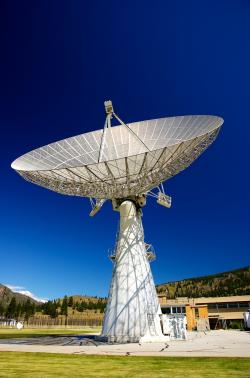
On the morning of 17 April 1967, radio astronomers used this radiotelescope at DRAO and a second one at the Algonquin Radio Observatory located 3074 km away to make the first successful radio astronomical observations using Very Long Baseline Interferometry. Today, VLBI networks span the globe, extend into space and continue to make significant contributions to both radio astronomy and geodesy.
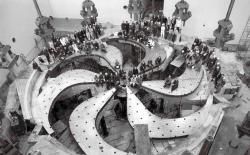
At 3:30 pm on 15 December 1974, the first 500 MeV proton beam was extracted from the TRIUMF cyclotron. Since then, TRIUMF has used proton beams from its cyclotron (and secondary beams of pions, muons, neutrons and radioactive ions produced in its experimental halls) to conduct pioneering studies that have advanced nuclear physics, particle physics, molecular and materials science, and nuclear medicine.
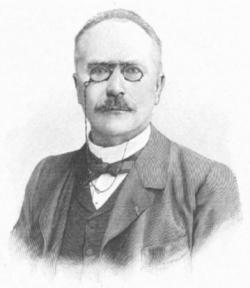
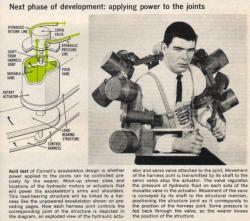
Tracing its history to the earliest days of powered flight – to the Wright brothers and Glenn Curtiss – the site began as the research laboratory of the Curtiss-Wright Aircraft Company. After World War II, it was donated to Cornell University, and in January 1946 opened its doors as the Cornell Aeronautical Laboratory. Nearly every military aircraft and space vehicle developed in the United States from the end of World War II until the present day has been tested at the facility, now known as Calspan.
Established between 1967, the Honeysuckle Creek Tracking Station, along with the Tidbinbilla and Orroral Valley sites, supported NASA’s Deep Space Network, Manned Space Flight Network, and Spacecraft Tracking and Data Acquisition Network. The stations played a key role in supporting the Apollo 11 moon landing, with the Honeysuckle Creek facility providing the first historic pictures of man walking on the moon on July 20, 1969 (July 21st in Australia), as well as providing voice and telemetry contact with the lunar module.
Established 1965 the Orroral Valley Station, as well as the Honeysuckle Creek (1967) and Tidbinbilla (1965) sites supported NASA’s Deep Space Network, Manned Space Flight Network, and Spacecraft Tracking and Data Acquisition Network. The stations played a key role in supporting the Apollo 11 moon landing, with the Honeysuckle Creek facility providing the first historic pictures of man walking on the moon on July 20, 1969 (July 21st in Australia), as well as providing voice and telemetry contact with the lunar module.
Established 1965 the Tidbinbilla Tracking Station, as well as the Honeysuckle Creek (1967-1981) and Orroral Valley (1965-1985) sites, supported NASA’s Deep Space Network, Manned Space Flight Network, and Spacecraft Tracking and Data Acquisition Network. The stations played a key role in supporting the Apollo 11 moon landing, with the Honeysuckle Creek facility providing the first historic pictures of man walking on the moon on July 20, 1969 (July 21st in Australia), as well as providing voice and telemetry contact with the lunar module.
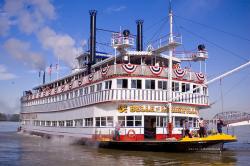
Innovations

It is difficult to recall a time when doctors and patients had trouble tracking the presence of glucose and other substances in urine and blood. Lack of sufficient measurement tools made it difficult to manage a host of diseases, including diabetes as well as other metabolic diseases and kidney…
Read More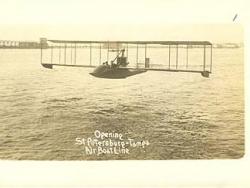
The St. Petersburg Yacht Basin was the original operating location of the St. Petersburg – Tampa Airboat Line, the nation’s first, regularly-scheduled commercial airline. The line’s inaugural flight was on January 1, 1914, with two daily, round-trip flights between St. Petersburg, Fla., and…
Read More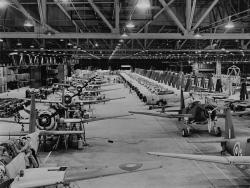
Established in 1929, and owned by several different aviation companies through its history, the Downey site was the design, test, and production site for various airplanes and spacecraft that defined American aerospace accomplishments in the 20th century. Its rich legacy includes the P-51…
Read More
In early September 1985, a team of scientists discovered a previously unknown pure carbon molecule, C60, which they dubbed buckminsterfullerene. The name was chosen because the geodesic domes of Buckminster Fuller provided a clue that the molecule’s atoms might be arranged in the form of a…
Read More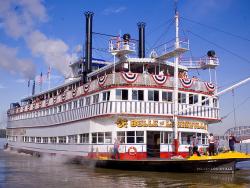
Established 1965 the Tidbinbilla Tracking Station, as well as the Honeysuckle Creek (1967-1981) and Orroral Valley (1965-1985) sites, supported NASA’s Deep Space Network, Manned Space Flight Network, and Spacecraft Tracking and Data Acquisition Network. The stations played a key role in…
Read MoreEstablished 1965 the Orroral Valley Station, as well as the Honeysuckle Creek (1967) and Tidbinbilla (1965) sites supported NASA’s Deep Space Network, Manned Space Flight Network, and Spacecraft Tracking and Data Acquisition Network. The stations played a key role in supporting the Apollo 11…
Read MoreEstablished between 1967, the Honeysuckle Creek Tracking Station, along with the Tidbinbilla and Orroral Valley sites, supported NASA’s Deep Space Network, Manned Space Flight Network, and Spacecraft Tracking and Data Acquisition Network. The stations played a key role in supporting the Apollo…
Read More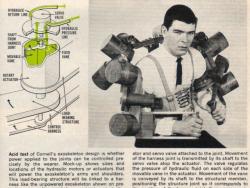
Tracing its history to the earliest days of powered flight – to the Wright brothers and Glenn Curtiss – the site began as the research laboratory of the Curtiss-Wright Aircraft Company. After World War II, it was donated to Cornell University, and in January 1946 opened its doors as the Cornell…
Read More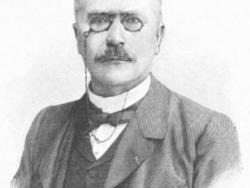
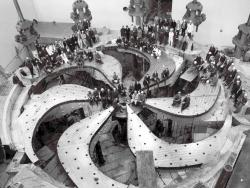
At 3:30 pm on 15 December 1974, the first 500 MeV proton beam was extracted from the TRIUMF cyclotron. Since then, TRIUMF has used proton beams from its cyclotron (and secondary beams of pions, muons, neutrons and radioactive ions produced in its experimental halls) to conduct pioneering studies…
Read More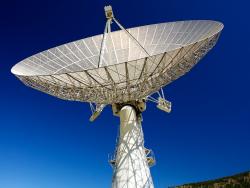
On the morning of 17 April 1967, radio astronomers used this radiotelescope at DRAO and a second one at the Algonquin Radio Observatory located 3074 km away to make the first successful radio astronomical observations using Very Long Baseline Interferometry. Today, VLBI networks span the globe,…
Read More
On 16 December 1953, the first television broadcast in Western Canada was transmitted from this site by the Canadian Broadcasting Corporation's CBUT Channel 2. The engineering experience gained here was instrumental in the subsequent establishment of the more than one thousand public and…
Read MoreT.S.C. Lowe’s Observation Flight
Thaddeus Sobieski Constantine Lowe demonstrated the use of a hydrogen-filled balloon in aerial reconnaissance through a series of tethered ascents in June, 1861 in front of…
Read More

